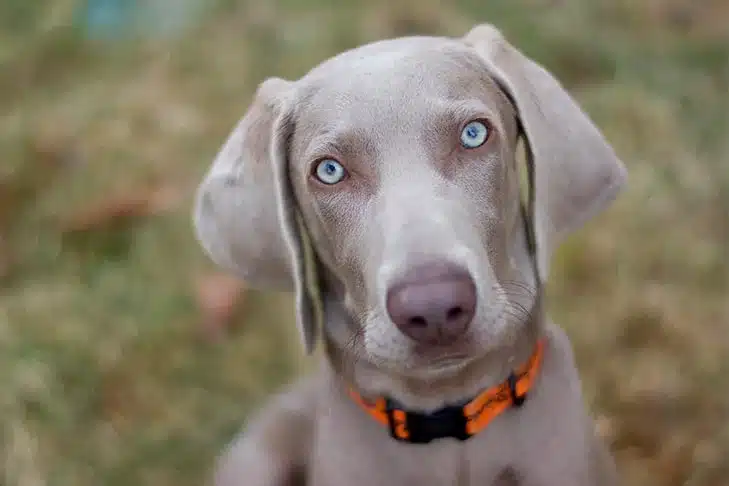
Why Does My Dog Stare at Me?
Understanding Canine Eye Contact
Your canine companion’s unwavering gaze may leave you pondering, “Why does my dog stare at me?” Dog owners often find themselves intrigued by this behavior, wondering what thoughts lie behind those soulful eyes. In this comprehensive guide, we delve into the reasons behind your dog’s intense stares and decode the language of canine eye contact.
Unveiling the Canine Mind: Why Do Dogs Stare?
The Curious Case of Canine Eye Contact
Diving into the depths of dog psychology, we explore the significance of eye contact in canine communication. Understanding the evolutionary roots and social cues associated with dog stares sheds light on this intriguing behavior.
Establishing Trust and Bonding
Discover how prolonged eye contact between you and your furry friend fosters trust and strengthens the bond between humans and dogs. Explore the emotional connection formed through mutual gazes and its role in nurturing a harmonious relationship.

The Language of Dog Stares: Decoding
Your Pup’s Messages
Expressing Affection and Attention
Explore how your dog’s longing gaze communicates affection, seeking your attention and approval. Unravel the subtle cues embedded in different types of stares, from the adoring gaze of a loyal companion to the pleading eyes of a pup yearning for interaction.
Signaling Discomfort and Anxiety
Learn to recognize signs of distress or anxiety conveyed through your dog’s stares. Explore the subtle shifts in body language accompanying anxious gazes and discover strategies to alleviate your furry friend’s unease.
Reading the Room: Understanding Contextual Cues
Delve into the importance of considering context when interpreting your dog’s stares. From signaling hunger during mealtime to seeking reassurance in unfamiliar environments, deciphering the context behind each gaze enriches your understanding of your dog’s emotional state.
In conclusion, understanding why your dog stares at you is essential for nurturing a strong and mutually rewarding bond. By deciphering the language of canine eye contact and addressing common concerns, you can strengthen your connection with your furry friend and enrich both your lives.
Your pets’ happiness and your peace of mind are our top priorities.
Frequently Asked Questions
Maintaining prolonged eye contact with your dog can sometimes be intimidating, especially if your dog perceives it as confrontational. However, in most cases, gentle eye contact is a positive form of communication that fosters bonding and trust between you and your furry friend.
When interacting with a new dog, it’s essential to approach with caution and respect their boundaries. While gentle, brief eye contact can help establish rapport and gauge their comfort level, prolonged or intense stares may be perceived as threatening. It’s best to let the dog initiate eye contact and gradually build trust over time.
Encouraging healthy eye contact with a shy dog requires patience and positive reinforcement. Start by using soft, inviting gazes and rewarding your dog for making eye contact, even if it’s brief. Avoid pressuring or overwhelming your dog and allow them to approach at their own pace, gradually building confidence and trust.
Dogs may avoid eye contact when they feel guilty or anxious, especially in disciplinary situations. Avoid scolding or reprimanding your dog with prolonged stares, as this can exacerbate their stress and reluctance to make eye contact. Instead, focus on positive reinforcement and clear, consistent communication to address behavioral issues effectively.
Research suggests that dogs can interpret human emotions through facial expressions, including eye contact. They often rely on visual cues to gauge their mood and respond accordingly. By maintaining gentle eye contact and displaying positive emotions, you can strengthen your bond with your dog and enhance communication.
Excessive staring behavior in dogs can have various underlying causes, including boredom, anxiety, or a medical condition. Observing your dog’s behavior closely and consulting with a veterinarian or professional trainer if necessary is essential. Implementing mental and physical enrichment activities, along with positive reinforcement training, can help redirect your dog’s focus and reduce staring behavior.